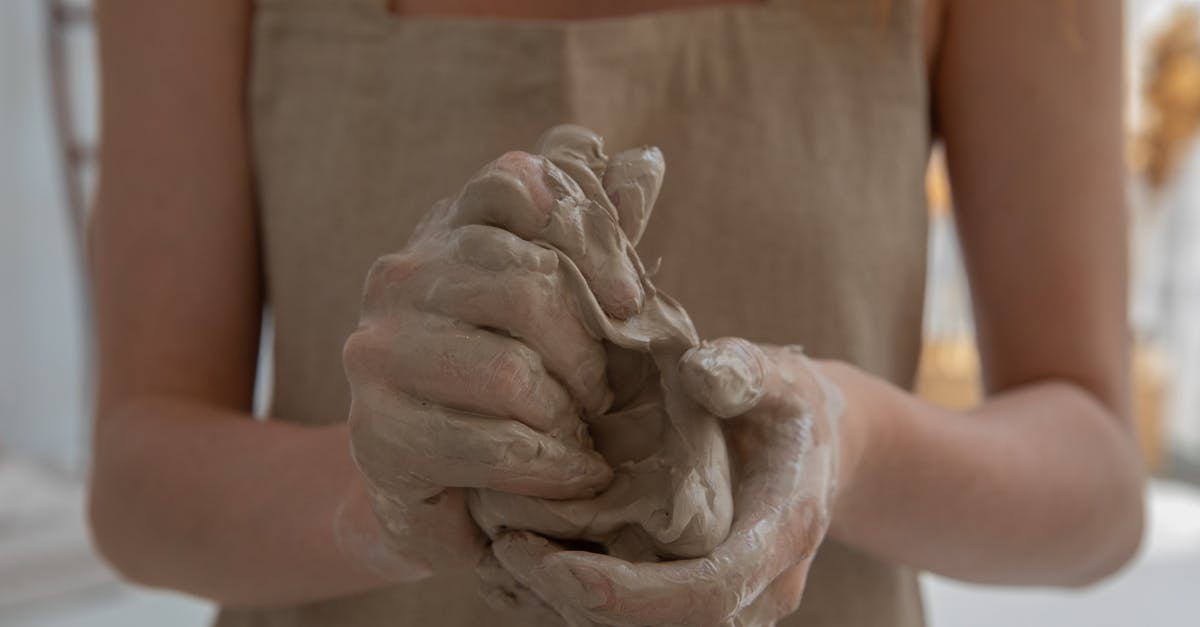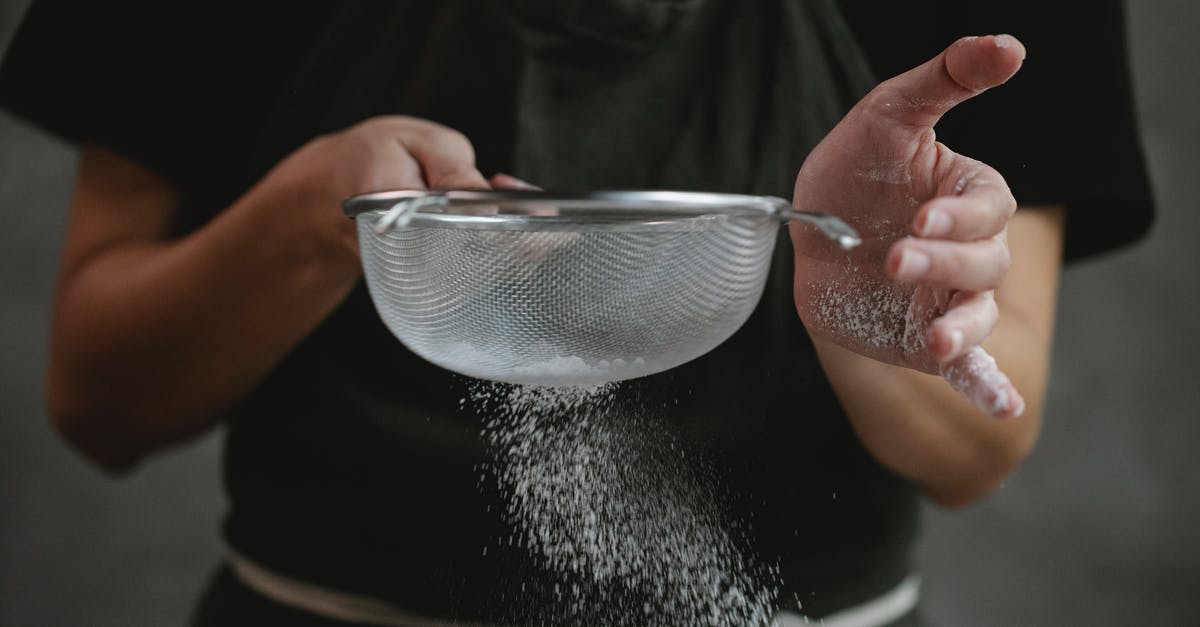Dough rising and oxygen. How does it work exactly?

Despite being easily the most rudimentary stuff in bread making and heavily discussed and written about, the relationship between oxygen and rising still appears to be shrouded in myth and speculation. Having read various articles on this topic--frankly most information online is vague at best and at times totally contradictory to each other--I am still puzzling over the basic stuff: Does a dough need oxygen to rise or not? Or is an anaerobic environment better for the process in any way? If so, how exactly?
In the bread-making process, it is the yeast that undergoes cellular respiration. Anaerobic respiration -- also known as fermentation -- helps produce beer and wine and happens without the presence of oxygen, while aerobic respiration requires oxygen to be present. During bread production, yeast starts off respirating aerobically, creating carbon dioxide and water and helping the dough rise. After the oxygen runs out, anaerobic respiration begins, although the alcohol produced during this process, ethanol, is lost through evaporation when the bread is exposed to high temperatures during baking. (source)
In the simplest of terms, fermentation is what happens when yeast cells eat and poop. Specifically, it's what happens when yeast cells consume sugars and produce ethanol and other derivative chemicals. The alcohol produced by the yeast during fermentation—along with a multitude of other reactions—are what give great bread its characteristic flavors and aroma. Generally speaking, more fermentation means tastier bread. In the most technical, terms fermentation is an anaerobic reaction (meaning it happens in the absence of oxygen) that the yeast performs after respiration, which is aerobic and requires oxygen. (source)
Per these articles, the process starts with aerobic respiration and ends with anaerobic respiration when the oxygen runs out, and both reactions are necessary for the end product to carry a pleasant and appetizing flavor. So aerobic -> anaerobic.
But that runs counter to what people say about covering: What should I cover bread dough with while it's rising? This old Seasoned Advice discussion seems to suggest the major reason the dough is covered is to keep it from drying out, and the most upvoted answerer suggests they "haven't noticed a difference in the bread produced" with plastic wrap and wet towels. If oxygen really plays a part in the fermentation process, access to it most certainly should affect the end result. Plastic wrap limits air access, whereas wet towels don't.
So is limiting air access necessary at all in any part of the rising process? Also with this question I am seeking accurate, scientifically sound, informed answers.
Pictures about "Dough rising and oxygen. How does it work exactly?"



Quick Answer about "Dough rising and oxygen. How does it work exactly?"
oxidation makes bread dough stronger. As gluten molecules are oxidated, sulfhydryl groups in some amino acids are oxidized to produce disulfide bonds. These contribute to the crosslinking of the gluten which produces an enhanced gluten structure. This makes the dough easier to shape and rise in a uniform shape.Is dough rising aerobic or anaerobic?
Anaerobic respiration -- also known as fermentation -- helps produce beer and wine and happens without the presence of oxygen, while aerobic respiration requires oxygen to be present. During bread production, yeast starts off respirating aerobically, creating carbon dioxide and water and helping the dough rise.Does bread dough need oxygen to rise?
There is a misconception that yeast needs oxygen to work well producing gas to raise the dough. Actually it does not need oxygen present, since yeast is capable of feeding on sugars either aerobically (with oxygen) or non-aerobically (absence of oxygen).What is the process of dough rising?
When you add yeast to water and flour to create dough, it eats up the sugars in the flour and excretes carbon dioxide gas and ethanol \u2014 this process is called fermentation. The gluten in the dough traps the carbon dioxide gas, preventing it from escaping. The only place for it to go is up, and so the bread rises.How does oxygen affect bread?
In bread making, O2 is consumed by flour constituents, yeast, and, optionally, some additives optimizing dough processing and/or product quality. It plays a major role especially in the oxidation/reduction phenomena in dough, impacting gluten network structure.Why is Yeast added for making bread | Basic Science | Fermentation by yeast
Sources: Stack Exchange - This article follows the attribution requirements of Stack Exchange and is licensed under CC BY-SA 3.0.
Images: Monstera, Klaus Nielsen, Monstera, Klaus Nielsen
